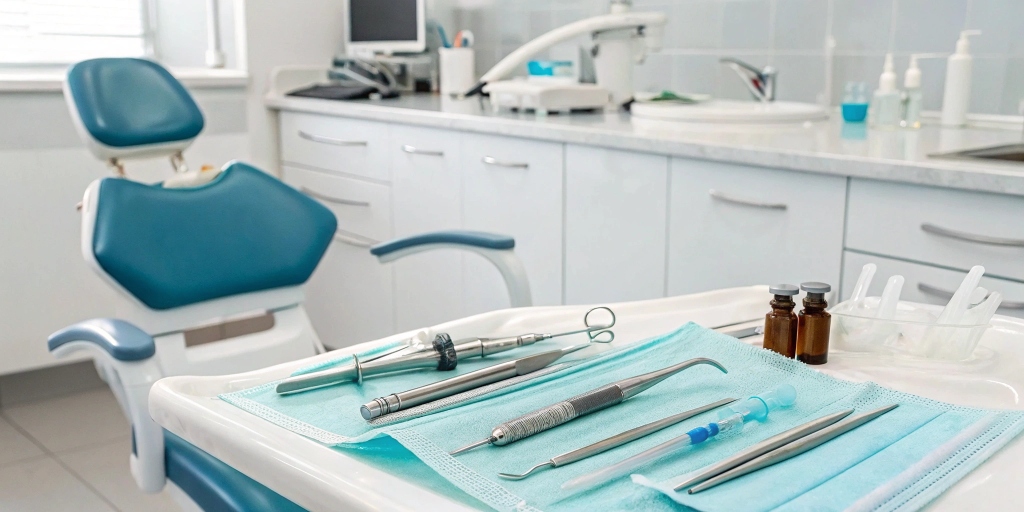
Understanding the Different Types of Sedation Dentistry
What is Sedation Dentistry?
Sedation dentistry involves the use of medication to help patients relax during dental procedures. It’s important to note that sedation dentistry is distinct from anesthesia, which is used to block pain. While anesthesia may be used in conjunction with sedation, the primary goal of sedation is to relieve anxiety and create a sense of calm.
Types of Sedation Dentistry
There are various levels of sedation that can be employed depending on the patient’s needs and the complexity of the procedure. Here’s a breakdown of the most commonly used types of sedation in dentistry:
1. Minimal Sedation
With minimal sedation, patients remain awake but feel relaxed. This is often achieved using nitrous oxide, commonly known as “laughing gas.” It is inhaled through a mask placed over the nose, and the effects wear off quickly, allowing patients to drive themselves home after the procedure.
2. Moderate Sedation
Also known as conscious sedation, moderate sedation is typically administered orally. Patients may slur their words and have little memory of the procedure. Oral sedatives, such as diazepam, are taken an hour before the appointment to ensure relaxation during the dental work.
3. Deep Sedation
Under deep sedation, patients are on the edge of consciousness and may not be easily awakened until the effects of the sedative wear off. Intravenous (IV) sedation is a common method to achieve deep sedation, providing a deeper level of relaxation for more extensive dental procedures.
4. General Anesthesia
General anesthesia renders the patient completely unconscious and is generally reserved for complex and invasive dental surgeries. It requires specialized training and equipment, and recovery takes longer compared to other forms of sedation.
Choosing the Right Sedation Dentist
When considering sedation dentistry, it’s crucial to choose a qualified and experienced provider. A reputable Sedation dentist Cypress can offer guidance on the most suitable type of sedation based on individual needs and the planned dental procedure.
Discussing your medical history, any medications you are taking, and your anxiety levels with your dentist will help determine the best approach to ensure your comfort and safety during the visit.
Benefits of Sedation Dentistry
Sedation dentistry offers numerous benefits, including:
- Reduced anxiety and fear
- Increased comfort during procedures
- Ability to complete multiple procedures in one visit
- Minimized gag reflex
- Enhanced cooperation for patients with special needs
These advantages make sedation dentistry a valuable option for those who might otherwise avoid necessary dental care due to apprehension.
Conclusion
Understanding the different types of sedation dentistry allows patients to make informed decisions about their dental care and ensures a more relaxed and stress-free experience. Whether it’s a routine cleaning or a more complex procedure, sedation dentistry can provide the comfort and peace of mind that many patients need to maintain their oral health.


Average Rating